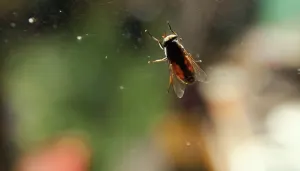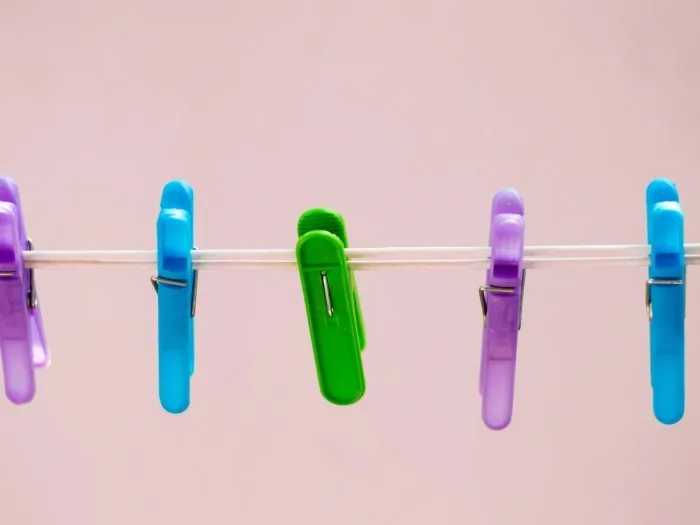
How to do your laundry the 'green' way
While everyone needs clean clothes, it's important to be concious of how your daily laundry loads can impact the planet. Increased energy consuption and toxic detergents all contribute towards creating more chemical pollution and greenhouse gases in the enviroment.
Here are some tips on how you can keep your clothes clean, as well as the earth.

Image: Marco Verch Professional, Creative Commons
1. TRY TO GO A BIT LONGER IN BETWEEN WASHES
If you wear something only once, avoid the urge to throw it in the machine. Clothing doesn’t always have to be washed every time its worn.
In fact, sometimes it’s better to wait between washes for certain items like jeans, which can fade with too many washes. While this option might sound gross to some people, going a little longer between washes can really help you save on water, energy, and money in the long term. Every load of laundry you do uses a great ton of water, so always make sure to have a full load, and skip some sessions if you find yourself doing laundry every other day.

Image: Pexels, CC
2.USE COLD WATER
Using hot or warm water settings can contribute greatly to your energy use. Always make it a point to use the cold-water settings whenever you can. 90 per cent of energy used for washing clothes goes towards heating water. Using cold water is an easy fix that saves you both energy and money.
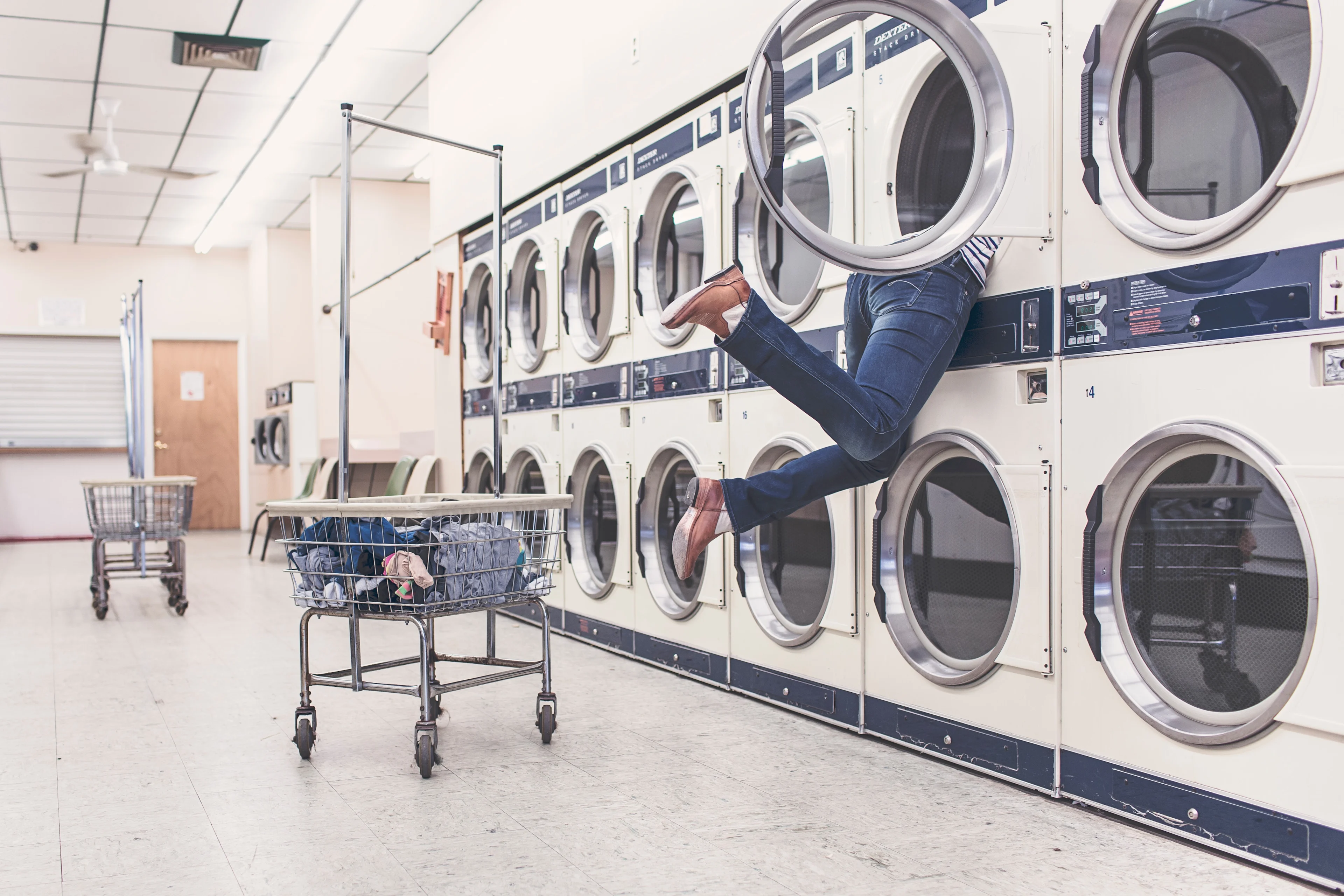
Image: Pexels, CC
3. INVEST IN AN ENERGY-EFFICIENT WASHING MACHINE
For starters, only consider this option if you’re in the market for a new machine.
It’s much better for the environment if you wait to dispose of an appliance until its completely dysfunctional, so you’re not adding to landfill waste.
If you’re looking for a new dryer/washer, then you should consider investing in an energy-efficient model.
Keep an eye out for washing machines that have a low water factor. The water factor is the number of gallons per cycle per cubic foot that a washer uses.
If your machine has a low water factor, it’ll be more efficient.
Also make sure to choose a front-loading machine as opposed to a top-loading one, as they have larger capabilities and use 13 gallons of water or less.
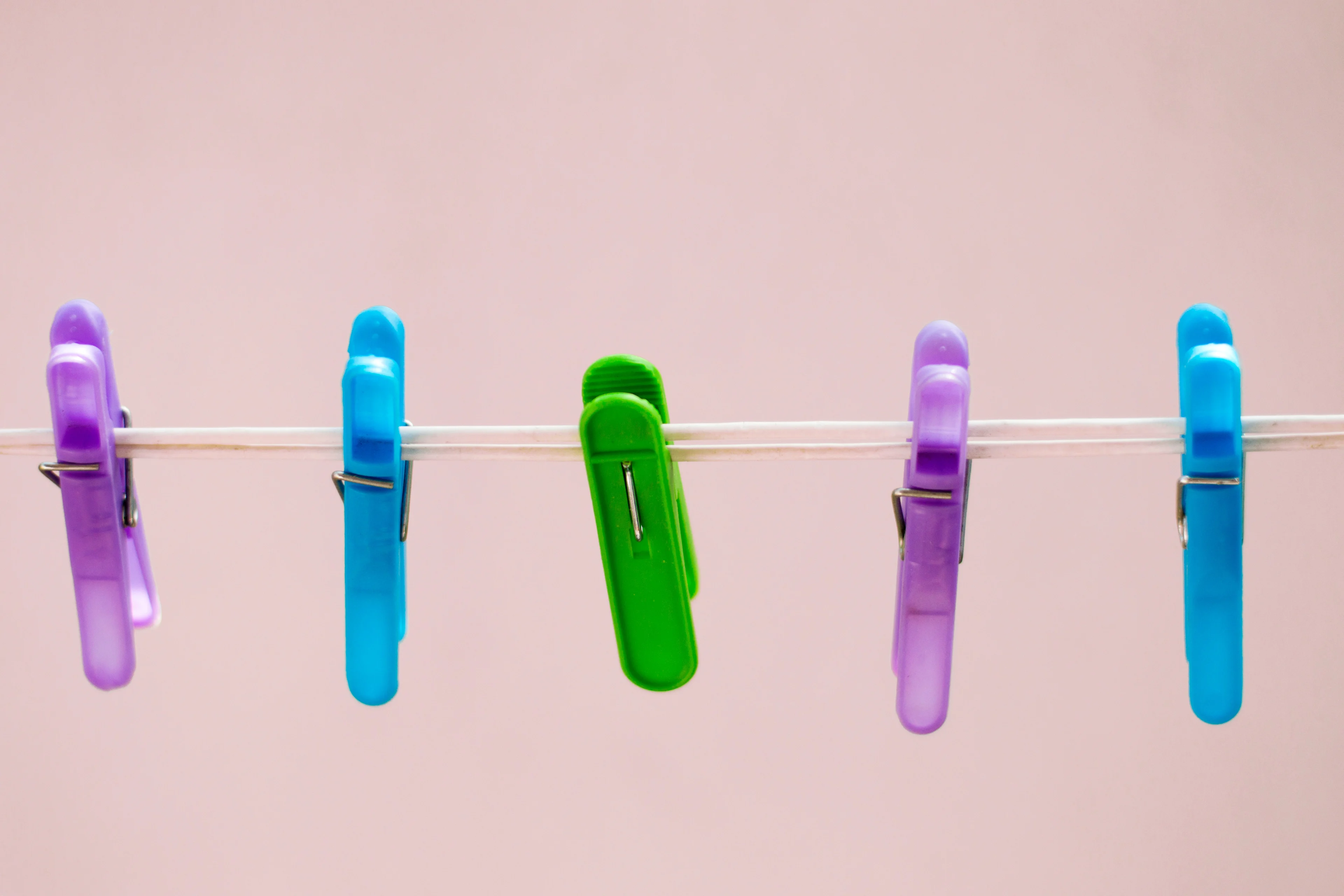
Image: Pexels, CC
4. AIR-DRY YOUR LAUNDRY
Not only do dryers use a ton of energy, they can also damage your clothes.
A study conducted by the American Chemical Society found that when repeatedly machine dried at high temperatures, cotton fabrics tear more easily than those dip-died indoors or dried outdoors by sunlight.
You’re going to go through clothes a lot faster if you use your dryer excessively.
Invest in a drying rack – your clothes will thank you.
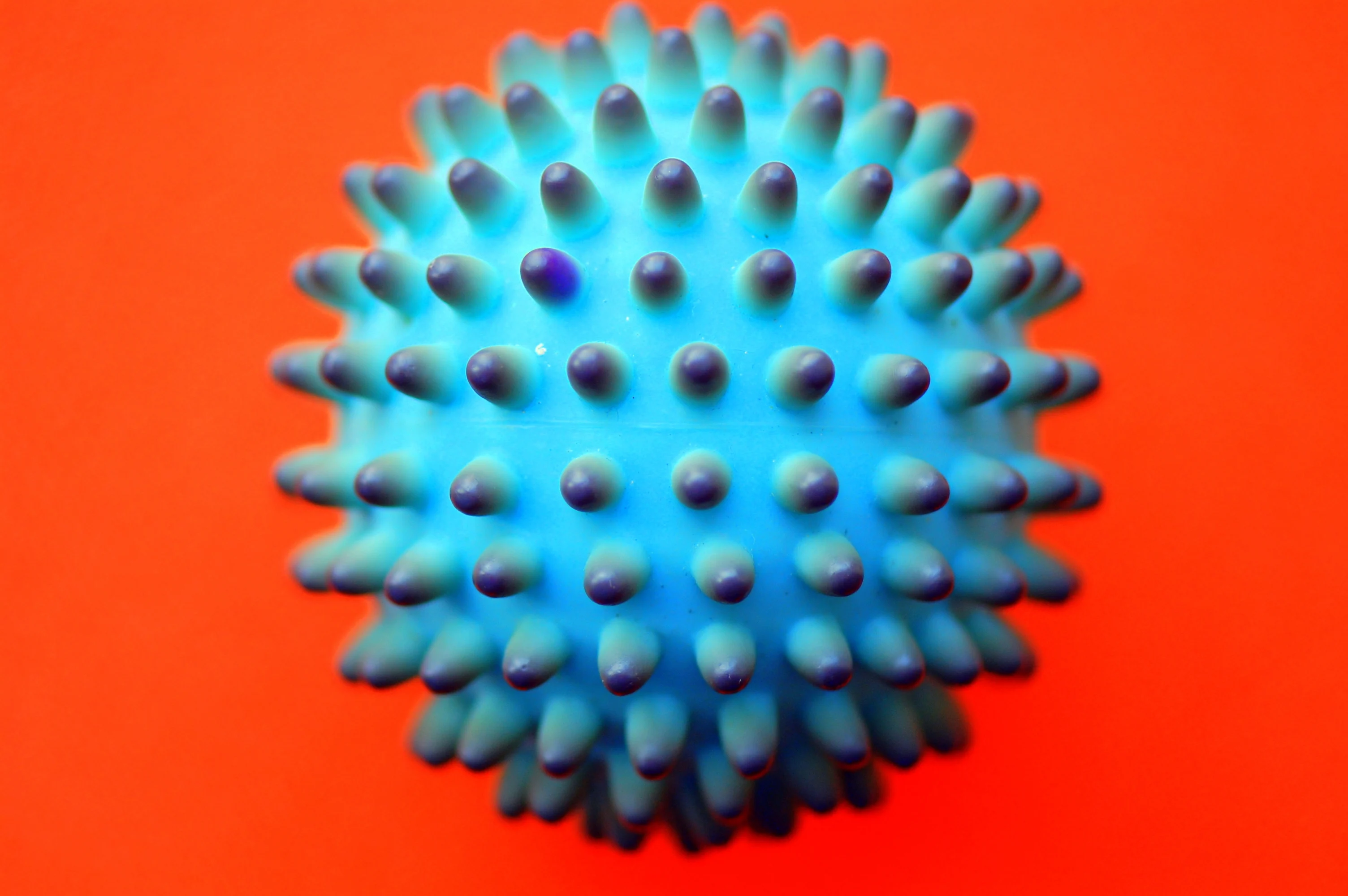
Image: Wikimedia, Creative Commons
5. USE NATURAL FIBERS + DRYER BALLS
If you’re going to continue to use your dryer, you might as well make the most environmentally conscious choices around it.
Dryer balls can help decrease drying time because they separate clothes and let hot air circulate more easily, cutting down energy used in the dryer.
Wool dryer balls also help eliminate harmful chemicals found in most dryer sheets and fabric softener.
The material of your clothes also has a huge impact on the enviroment. Microplastics from synthetic fibers are filtering into the environment from the clothes we throw out.
If you're shopping from clothes, it's best to try to avoid these plastics altogother.
Try to look for clothes made out of natural fibers like wool and cotton, or buy clothes that have a mix of synthetic and natural fibers.
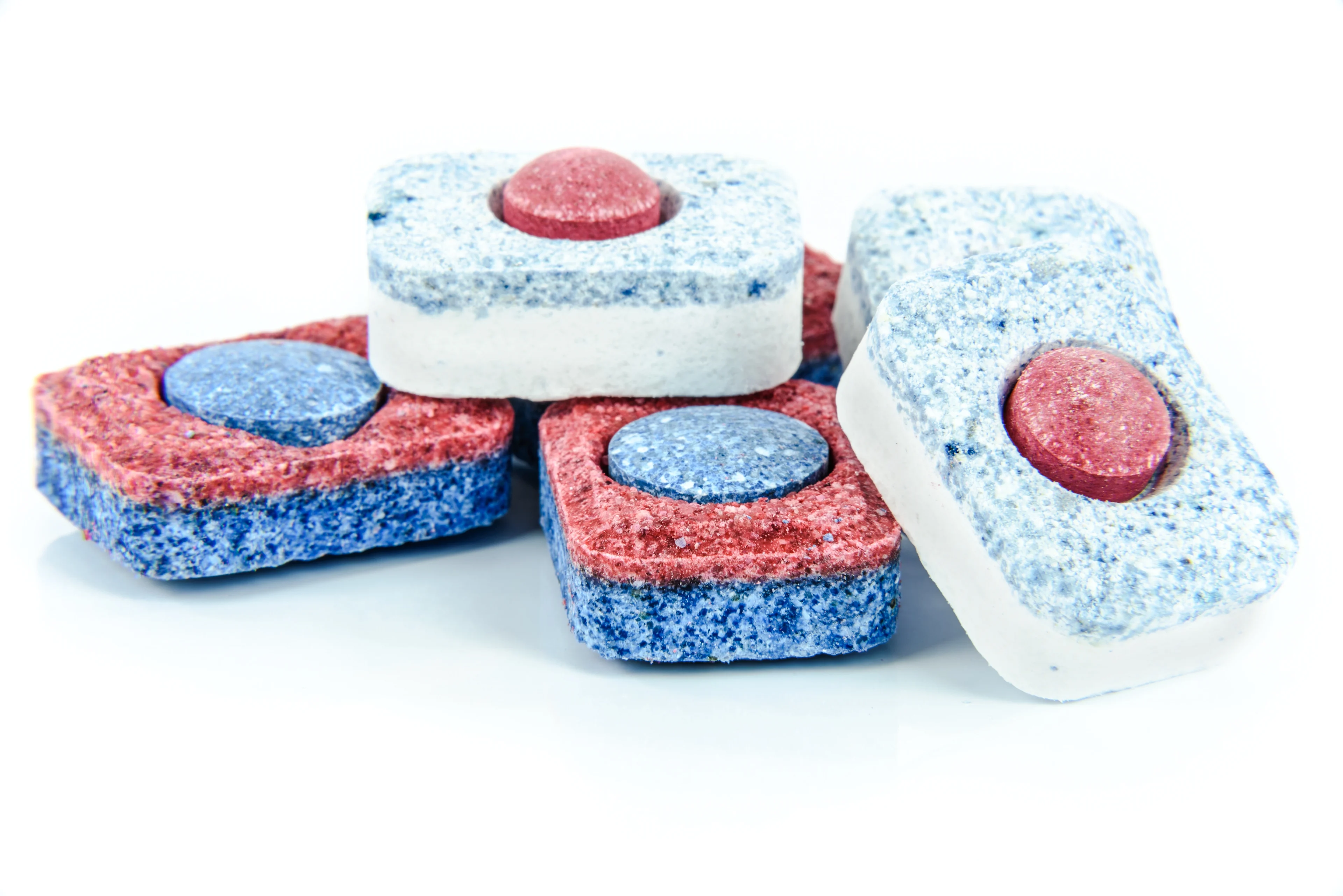
Image: Wikimedia, CC
6. USE BIODEGRADABLE DETERGENTS
Using an eco-friendly detergent is probably the easiest change you can implement into your laundry routine.
Most detergents contain surfactants, which aid in removing dirt from your clothes.
While these detergents can help clean the grime off your favourite white shirt, they end up defiling the ecosystem.
What happens to the detergent once its drained? It ends up in our water systems – and these highly concentrated toxins can be damaging to aquatic life.
Biodegradable detergents contain ingredients like sodium lauryl sulfate, which breaks down in about four days.
These green detergents also don’t contain perfumes or dyes, which is an added plus for your skin!







